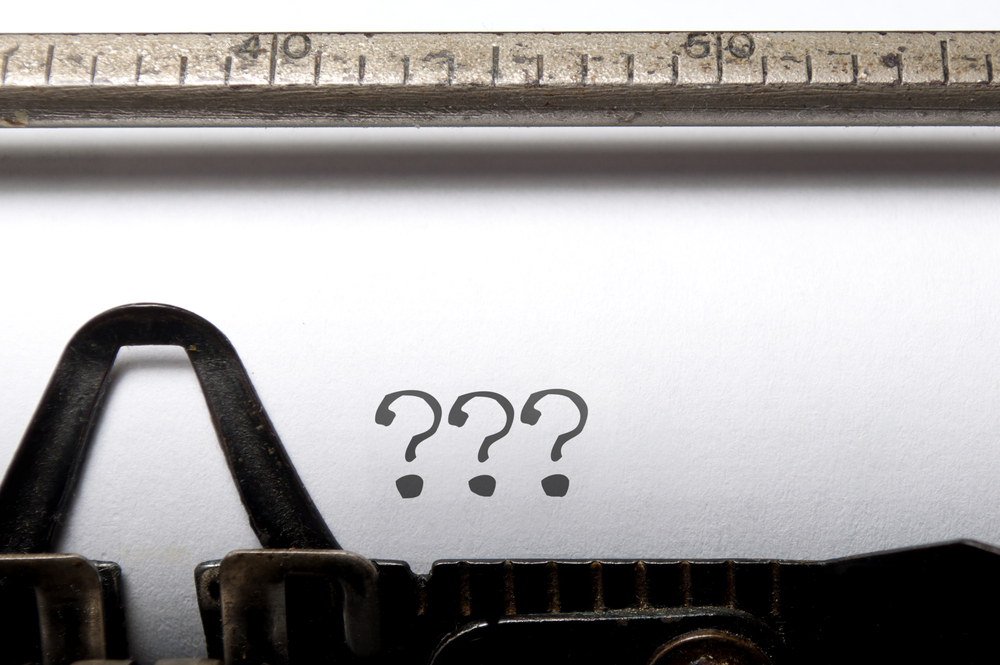We all know first impressions are important. It’s the difference between closing a sale or losing a deal, getting a second date or never getting a call back. Yet, many brands blow that make-it-or-break-it moment by affixing lousy headlines to their carefully created online content. It’s even more crucial for content writers to understand when to say ‘no’ to weak headlines.
Econsultancy‘s Chris Lake recently took a cold, hard look at the site’s headlines to find out what works and what doesn’t in online publishing. Lake found that a handful of articles were responsible for the majority of its traffic and engagement (10 percent of more than 22 million impressions over four years). More importantly, the study discovered that every highly successful piece of content on the site featured a vibrant headline.
The best-performing titles didn’t contain buzzwords or puns (love them or hate them), but phrases that encapsulate an emotion or idea. These phrases were strung together to elicit curiosity and compel first-time viewers to engage with content across channels.
Stop selling your content short
“The importance of headlines cannot be understated … Headlines are far too often written last (often quickly and under deadline pressure),” Abilene Christian University Associate Professor of Journalism Dr. Merlin R. Mann said.
“When you have written your headline, you have spent eighty cents out of your dollar.”
Here’s an exercise: Don’t think of a headline as an afterthought. It isn’t some accessory you throw on at the last minute to bring your message together. A title should be the piece de resistance that compels audiences to give the rest of the piece more than a passing glance.
Give headline writing the attention it deserves. Think of a working title before you even begin writing to summarize the main points, and then go back after you’ve finished to make sure it reflects the entire message and conveys that point in the freshest way possible.
A headline must grab the reader’s attention
Famed copywriter and ad man David Ogilvy once said, “On average, five times as many people read the headline as read the body copy. When you have written your headline, you have spent eighty cents out of your dollar.”
Don’t waste your marketing dollars (or your prospects’ time) on headlines that are just OK. Take Chris Lake’s suggestion and use words like ‘brilliant,’ ‘fails,’ ‘horrifying,’ ‘ultimate’ and ‘kickass.’ Econsultancy used these words in the articles that received the most impressions over the past four years.
Dark terminology like ‘kill,’ ‘dead,’ ‘fear’ and ‘war’ are common in web content with high volumes of social shares.
You can also take a dramatic approach with dark terminology like ‘kill,’ ‘dead,’ ‘fear’ and ‘war,’ which are common in web content with high volumes of social shares, according to a study by Startup Moon. The report also notes that it’s sometimes more powerful to say what’s not happening than what is – i.e. ‘Five ways not to lose sales’ rather than ‘Five ways to win sales.’
Brafton has witnessed this finding first hand. A blog by Senior Social Media Strategist Rachel Dobinski, titled “A lesson in how NOT to engage in social media marketing” was shared more than 200 times on Twitter the day it went live. To date, the article has received upwards of 600 social shares and counting.
Get complacent and lose creativity
“It’s so easy to hide in your little bubble, typing your little words with your little fingers on your little laptop … I’m taking this tone to illustrate the importance of developing a thick skin. Remember, the only kind of criticism that doesn’t make you a better writer is dishonest criticism,” writes Colin Nissan in a recent McSweeney’s article.
Exaggerated as this is, the point is the best writers are usually the most critical, too. They solicit feedback, measure their performance and strive to do better. Even if your content is driving results, you must continually refine your practices. Look at content analytics reports to learn which titles resonate with readers.
“Remember, the only kind of criticism that doesn’t make you a better writer is dishonest criticism.”
Signs that a headline is working:
– More traffic is coming to those articles
– Lower bounce rates
– Additional social shares
– Longer time on site
– Posts receive comments
Repeat what’s driving results and nix what’s not.
Don’t break the rules (or do, and OWN it)
SEO best practices dictate your headlines remain under 70 characters and contain at least one keyword. Writing commandments say to whittle titles down into works of concision that cannot afford to lose one single syllable. Social media standards suggest you squeeze in opportunities to hashtag catchy phrases or trending terms.
These rules were created for a reason – they (generally) provide readers with a better experience, but there are always exceptions. Sometimes a well-placed pun can amplify a piece’s virality, and a longer headline may pack a more powerful punch. You must be the judge, and I recommend using content analytics to guide your decisions.
You must be the judge, and I recommend using content analytics to guide your decisions.
If you see visitors are coming to your site when you feature news articles and blog content that have actionable titles, then find ways to make your subject matter transactional. Where readers share humorous headlines, prioritize terms that convey a lighter tone. Dry headlines that clearly state what the subsequent piece is about may drive results for technical audiences, while blog subscribers tend to want quick tips or how-to’s.
Go forth and craft great headlines
Content writing can generate significant revenue for your company when executed correctly. Don’t allow yourself to leave money on the table and waste resources by giving up before you craft the perfect headline. Sometimes you may just need a slight tweak to turn your mediocre blog into lead-gen machines.




